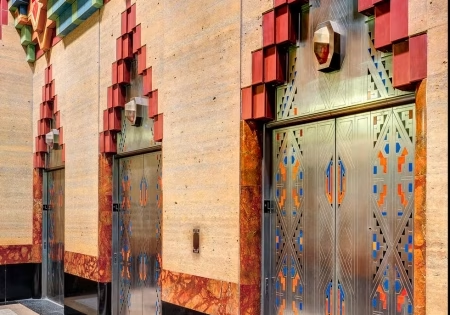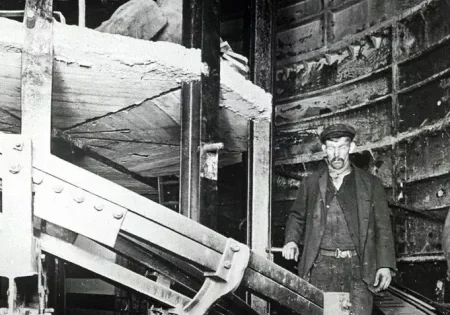There aren’t many smoke and mirrors effects used in the interior of elevators. Yet, the most visually obvious one not only tricks passengers into being more at ease during their ride but also makes the accessibility tool even more accessible. During the evolution of elevators, after the novelty of vertical transportation (VT) had worn off, people began to complain that elevator rides felt too slow. Updating the entire system to move faster was costly and took years of technological development, so designers had to get creative. That’s where mirrors came into the picture.
Once mirrors began to be installed in elevators, people stopped focusing on the ride and more on their, and others’, reflections. Passengers could fix their hair or clothes while they waited, taking attention away from the duration of their ride. However, mirrors were a smart design choice in more ways than one. Elevators, especially older models, are not necessarily inviting for people who experience claustrophobia. The addition of a mirror to the confined space visually doubles the size of the cabin, making the walls not feel as close as they really are. Mirrors are a common source of illusion, and designers found they worked wonderfully in small spaces like elevators.
Besides being the best illusion inside an elevator cab, mirrors make the confined space more accessible. Wheelchair users often need to back in or out of a cab because the space is too small to turn around in and mirrors help them navigate the space more accurately. The Elevator Association of Japan even includes mirror installation in its design guidelines, since the simple tool has become a helpful asset for elevator cabs. Whether you benefit from their illusion or practicality, mirrors make elevators a more welcoming space for all passengers.
Get more of Elevator World. Sign up for our free e-newsletter.










